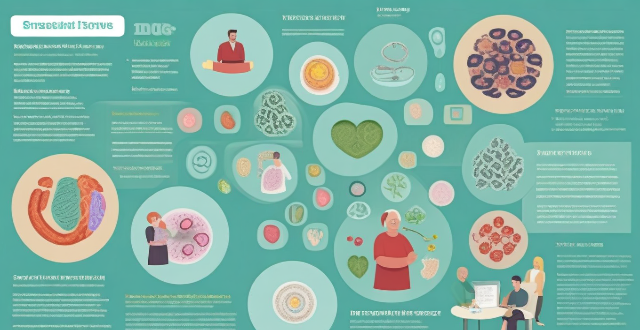This article discusses strategies to improve healthcare systems in low-income countries to tackle global health threats. It covers infrastructure development, human resource development, technology and innovation, partnerships and collaboration, preventive care and public health initiatives, financing and sustainability, and research and development. The article emphasizes the need for a multifaceted approach involving various stakeholders to achieve equitable healthcare for all.

Enhancing Healthcare Systems in Low-Income Countries to Tackle Global Health Threats
Introduction
Global health threats, such as infectious diseases, non-communicable diseases, and environmental health hazards, disproportionately affect low-income countries. To address these challenges, strengthening the capacity of healthcare systems in these regions is imperative. This article outlines strategies to enhance the resilience and effectiveness of healthcare systems in resource-limited settings.
Key Strategies
Infrastructure Development
- Hospital Construction and Renovation: Investing in the construction and renovation of hospitals ensures that facilities are well-equipped and can handle a variety of medical needs.
- Laboratory Capacity: Establishing laboratories with modern diagnostic tools enables accurate disease detection and surveillance.
Human Resource Development
- Training Programs: Offering comprehensive training programs for healthcare professionals, including doctors, nurses, and allied health workers, improves the quality of care.
- Retention Strategies: Implementing policies that encourage healthcare workers to remain in low-income areas through incentives and career advancement opportunities.
Technology and Innovation
- Telemedicine: Utilizing telemedicine allows for remote consultations, reducing the need for physical infrastructure and increasing access to specialized care.
- Digital Health Records: Implementing digital health records improves data management and facilitates continuity of care.
Partnerships and Collaboration
- International Aid: Engaging with international organizations for financial aid, technical expertise, and resource sharing.
- Public-Private Partnerships: Fostering collaborations between public health sectors and private enterprises to leverage resources and expertise.
Preventive Care and Public Health Initiatives
- Vaccination Programs: Expanding vaccination programs to prevent communicable diseases.
- Health Education Campaigns: Conducting health education campaigns to promote healthy behaviors and disease prevention.
Financing and Sustainability
- Government Funding: Increasing government funding for healthcare systems to ensure stability and growth.
- Microfinance Schemes: Establishing microfinance schemes to provide financial support for healthcare services, especially for those who cannot afford them.
Research and Development
- Local Research: Encouraging research on local health issues to develop context-specific solutions.
- Pharmaceutical Innovation: Supporting pharmaceutical innovation to create affordable medicines tailored to the needs of low-income populations.
Conclusion
By focusing on these key strategies, low-income countries can significantly enhance their healthcare systems' capacity to address global health threats. It requires a multifaceted approach involving infrastructure development, human resource development, technology integration, partnership building, preventive care initiatives, sustainable financing mechanisms, and targeted research efforts. With concerted efforts from governments, international organizations, NGOs, and private sectors, we can work towards achieving equitable healthcare for all.